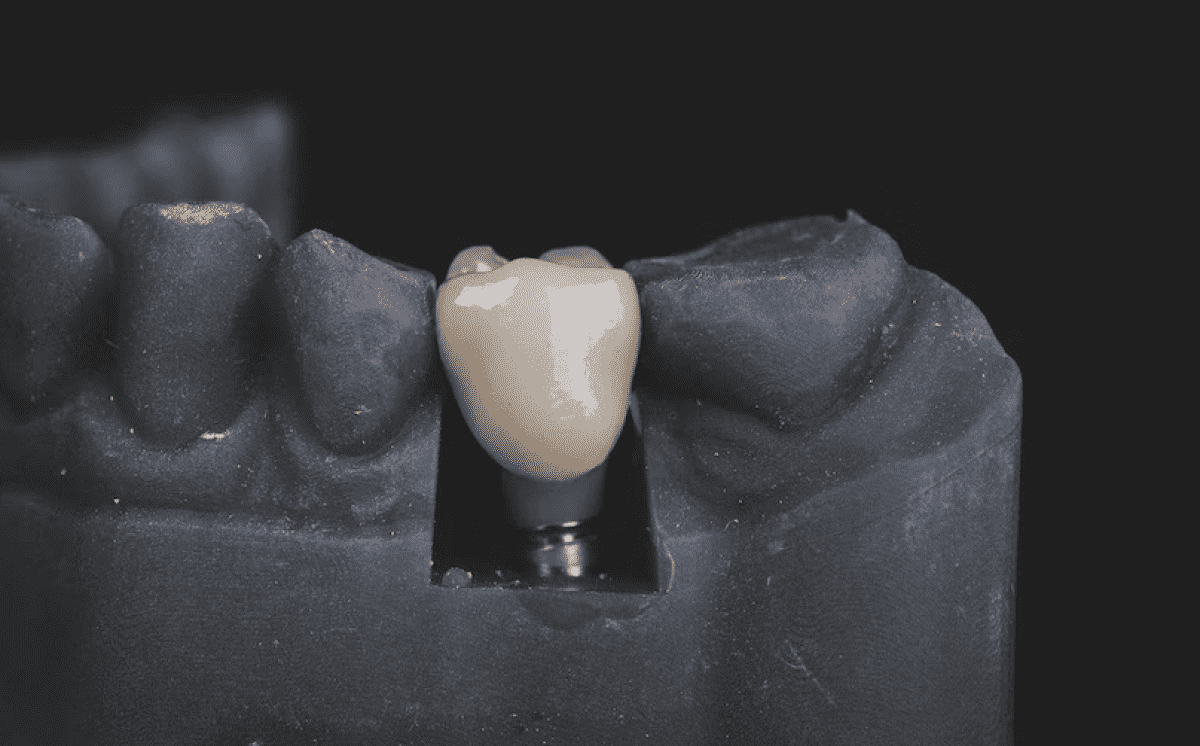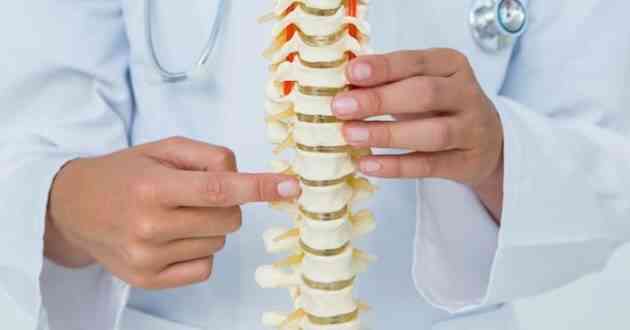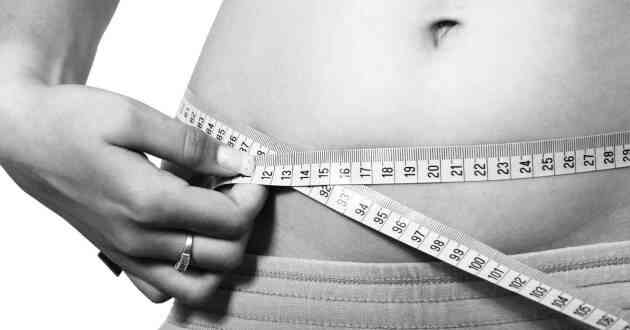What Is Gingival Former And Why Do You Need It?
- - Category: Dental Care
- - 10 Apr, 2023
- - Views: 445
- Save

Dental Health
Gingival former is a miniature design that has a screw leg on one side and a cylindrical cap on the other. It’s made from titanium or zirconium. The gingival formation technique creates a clear, aesthetic contour of the soft tissues around the implant.
How is the structure installed? How long does the gum heal? What are the possible complications? Let’s find out.
What Is the Function of the Gingival Former?
In most cases, it is used when classical two-stage tooth implant procedure is carried out, that is, after the introduction of a titanium root and its complete engraftment into the bone. The former is installed surgically, through a soft tissue incision (local anesthesia is used).
The installation of the former helps to recreate an even, beautiful gingival contour. After prosthetics, the maximum tightness of its fit to the crown is achieved.
Often this metal cylinder is compared to an abutment. This is not true. The forming titanium structure is installed temporarily, immediately after the introduction of an artificial root, or after its engraftment. As soon as the tissues near the implantable site acquire a clear and even contour, it is removed and the abutment is installed.
What Materials Are Gingival Formers Made From?
Titanium is mainly used for production, because it is biocompatible, durable, lightweight, and does not overload the root system. It has anticorrosive properties, therefore it is safe for the oral cavity, i.e. the patient will not experience an allergic reaction and rejection. The disadvantages of titanium include its visibility through the gum tissue.
In addition to titanium, stainless steel, zirconium, ceramics can be used. The zirconia former is indicated for anterior placement. This metal is highly aesthetic, not visible through a soft tissue.
The implantologist individually chooses a gingival former, taking into account the clinical situation and budget of the patient.
Indications for Installation
The main purpose of a temporary gingival former is to restore its functions, create a beautiful, uniform contour around the implant site and prevent:
- Subsidence of gum tissue, atrophy of the periosteum;
- Inflammatory process in the gum after the introduction of a titanium root.
Contraindications for Gingival Formers
The forming metal structure is not installed if total prosthetics is performed in case of multiple absence of teeth or complete adentia. This clinical situation requires the installation of a temporary structure (prosthesis). It hides gum defects after implant placement, so maintaining its shape is not required.
Also, the suprastructure is not placed in case of inflammation in the oral cavity, type 1 diabetes, tuberculosis, viral disease, periodontitis, insufficient stabilization of the artificial root or its difficult engraftment.
During pregnancy (especially in the first and third trimester), doctors recommend postponing implantation, because the procedure is performed under local anesthesia. This drug may harm the fetus or cause miscarriage.
Healing Process
To avoid complications, it is recommended to follow some care rules:
- Do not eat for 3-4 hours after installation. Only clean lukewarm water is allowed. Avoid sugary drinks, soda, juice, hot coffee, tea.
- In the first 3-4 days, rinse your mouth with a saline solution.
- Do not visit the bath, sauna, solarium throughout the entire period of engraftment of the forming element.
- Do not smoke for the first 3 days after the procedure. Smoking has a bad effect on the mucosa and prosthesis.
- To brush your teeth, use a brush with soft bristles, toothpaste without aggressive ingredients.
- You can use mouthwash only if approved by your doctor.
- By carefully following these recommendations, tissue healing will take place without complications, and the risk of inflammation, prolapse or rejection is minimized.
During 7 to 20 days, the gum will form. In case of improper fusion or the development of complications, the period will increase.



